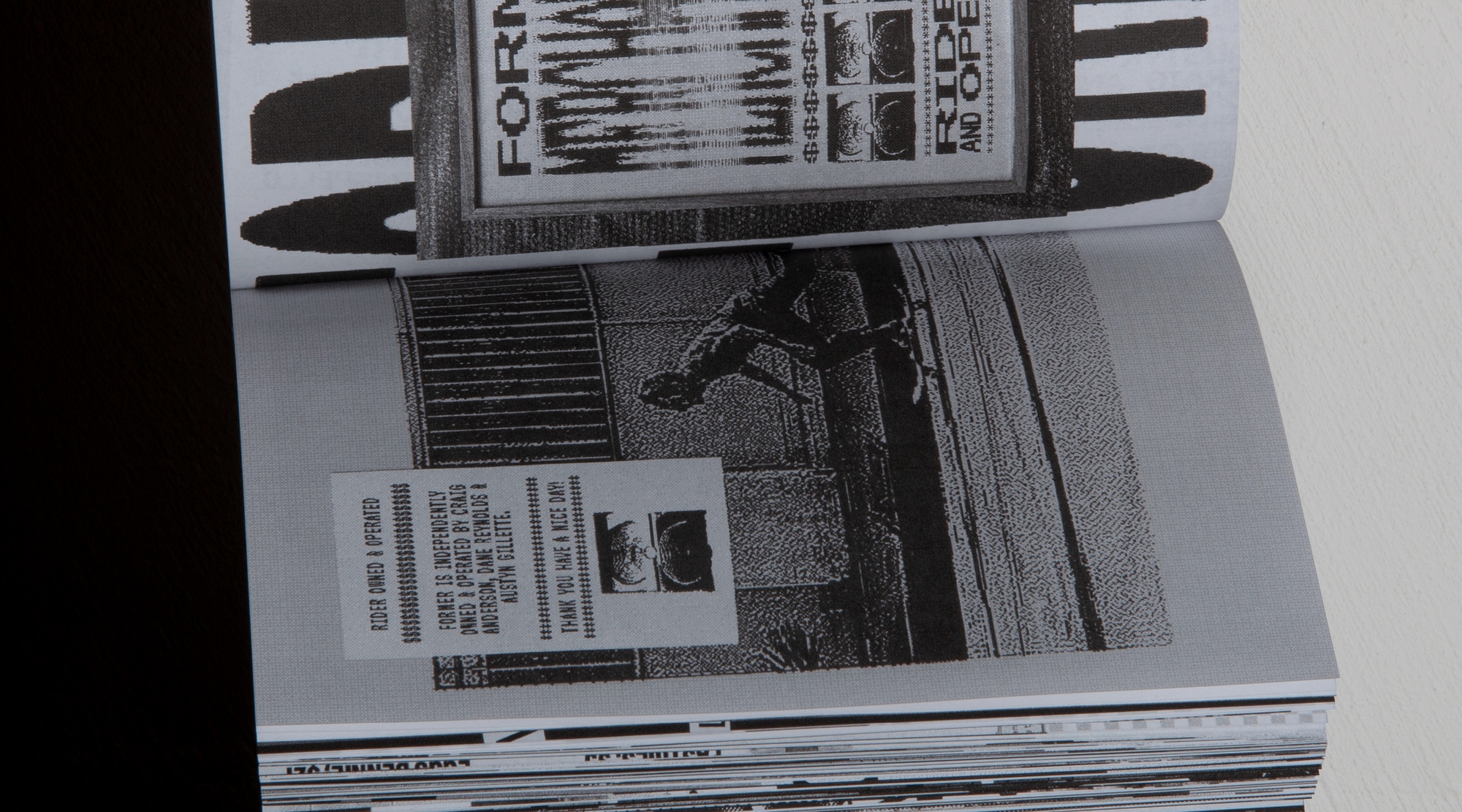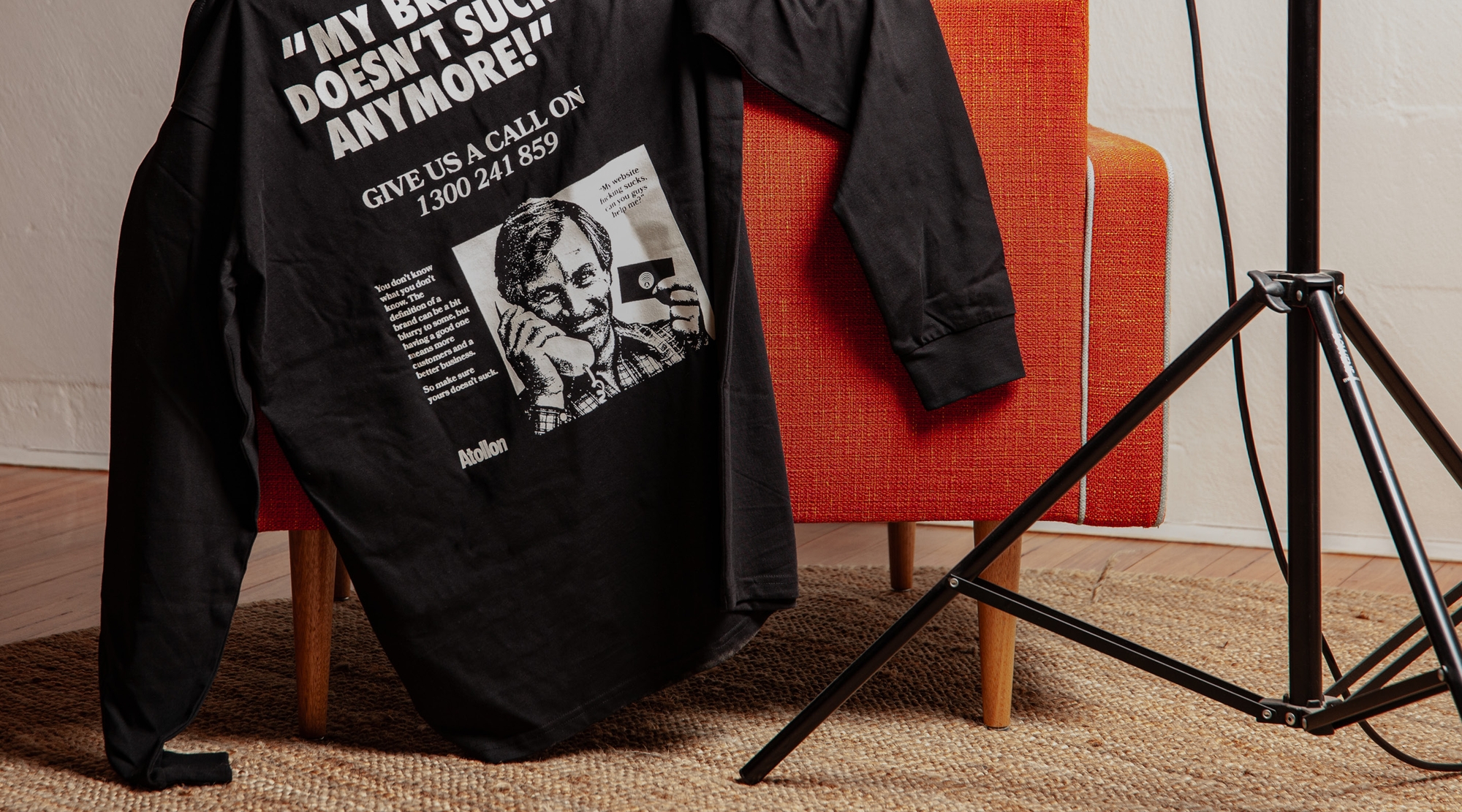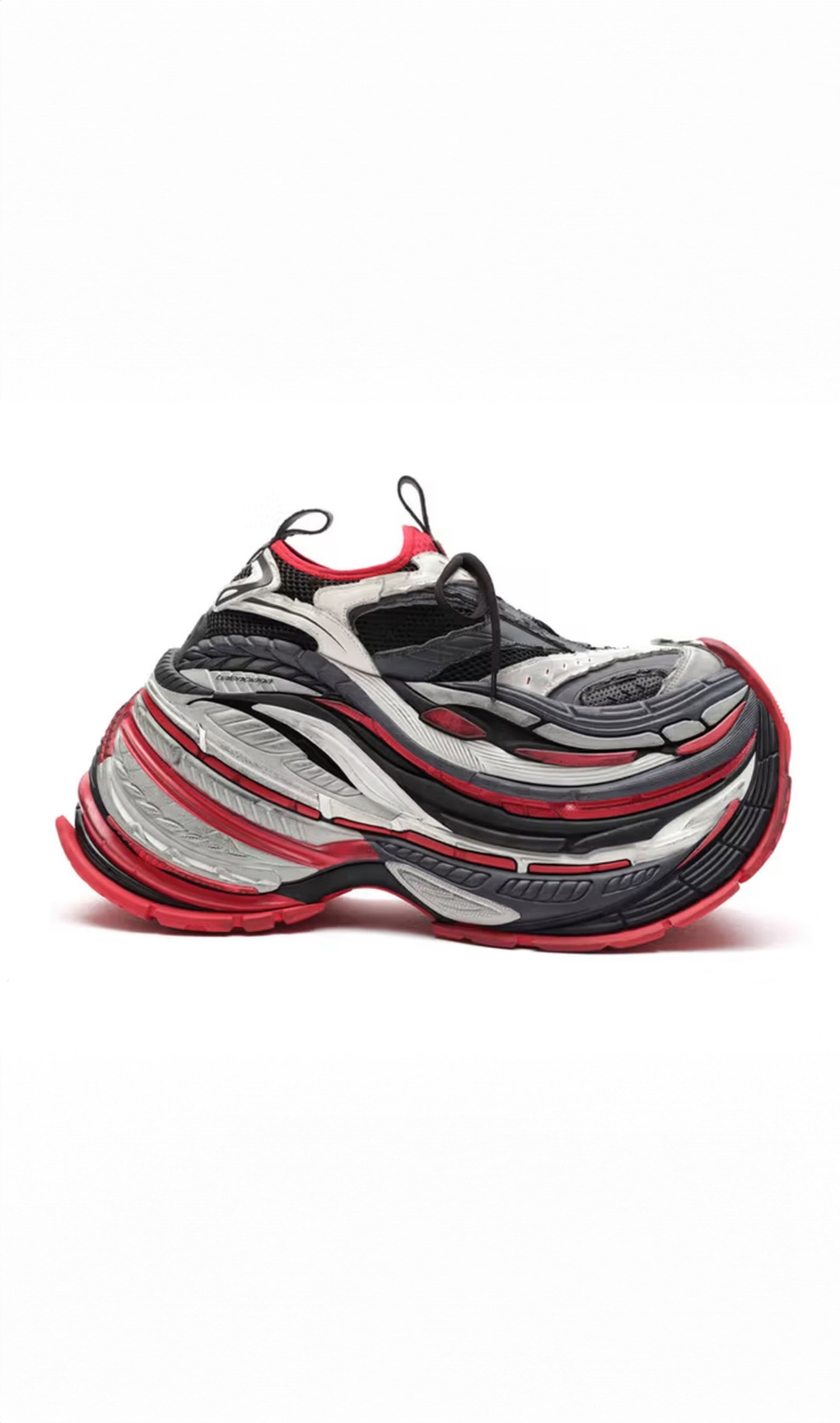The ugly shoe
Author
Tim Meyer
Fashion has always had an intriguing relationship with what society considers “ugly.” From the chunky dad sneakers popularised by Balenciaga to Crocs adorned with pearls, the ugly shoe trend has significantly impacted the fashion world. This movement, driven by comfort and irony, has evolved from a niche subculture to a mainstream fashion staple, captivating designers and consumers.




Initially, the desire for comfort over style drove the ugly shoe trend, particularly noticeable during the pandemic. Footwear brands responded by producing more relaxed and unconventional designs, which have persisted into post-pandemic fashion. The demand for comfortable yet statement-making shoes has not waned, leading to an explosion of “ugly” shoe designs.

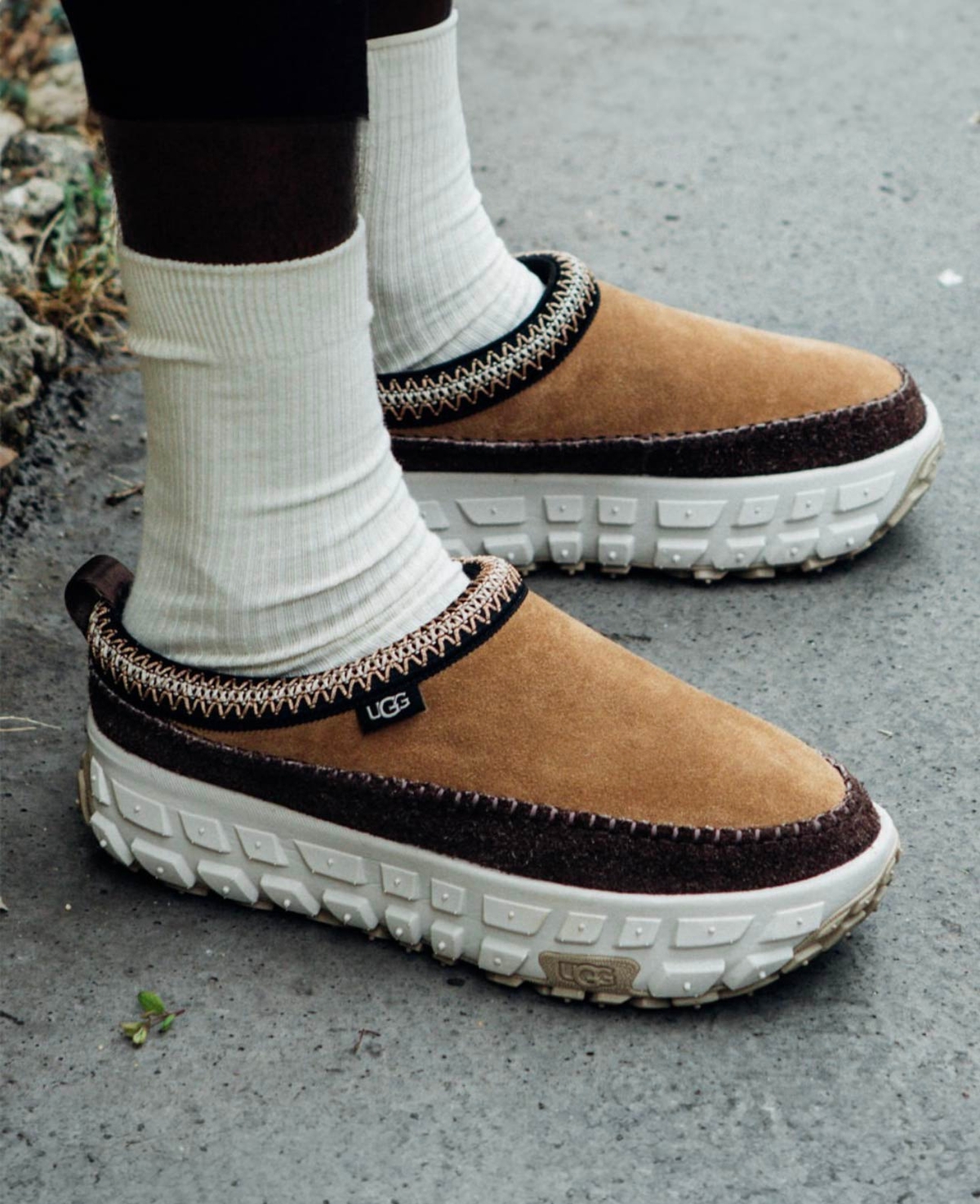


The unconventional has long fascinated fashion, showing genuine affection for the downright ugly. This sentiment is reflected in the myriad of collaborations and designs that embrace the odd and eccentric. High fashion’s flirtation with the bizarre is exemplified in Gucci’s fur-lined loafers, Balenciaga’s dad sneakers, and Schiaparelli’s anatomical boots.
In recent years, there has been an increase in high-low collaborations, where casual shoe brands, typically associated with everyday wear, partner with luxury fashion houses, known for their high-end, exclusive designs. For instance, Simone Rocha’s bejewelled Crocs, a collaboration between a luxury designer and a casual shoe brand, sold out quickly, and Collina Strada’s platform clogs with Ugg have become viral sensations. These collaborations not only push the boundaries of traditional design but also blur the lines between high fashion and everyday wear. The hashtag #uglyshoe boasts over 173.2 million views on TikTok, demonstrating the trend’s widespread appeal.
Cognitive psychologist Carolyn Mair, PhD, explains the allure of ugly fashion: “We tend to ignore ‘normal’ or average objects since we know how to process them, but we pay more attention to complex or unusual objects — ugly shoes included.” This fascination stems from the human desire for novelty and the excitement of risk-taking in fashion. With their bold and often jarring designs, ugly shoes command attention and invite curiosity, sparking a sense of intrigue and engagement.




Ugly shoes are more than just a fashion statement; they reflect a broader cultural shift. Post-pandemic, there has been a notable move towards prioritising comfort without sacrificing style, a shift that many of us can relate to. This trend has been embraced by a diverse array of consumers, from celebrities to everyday fashion enthusiasts. Brands like Birkenstock, Crocs, and Ugg have reinvented themselves, shedding their old reputations and becoming symbols of this new aesthetic.






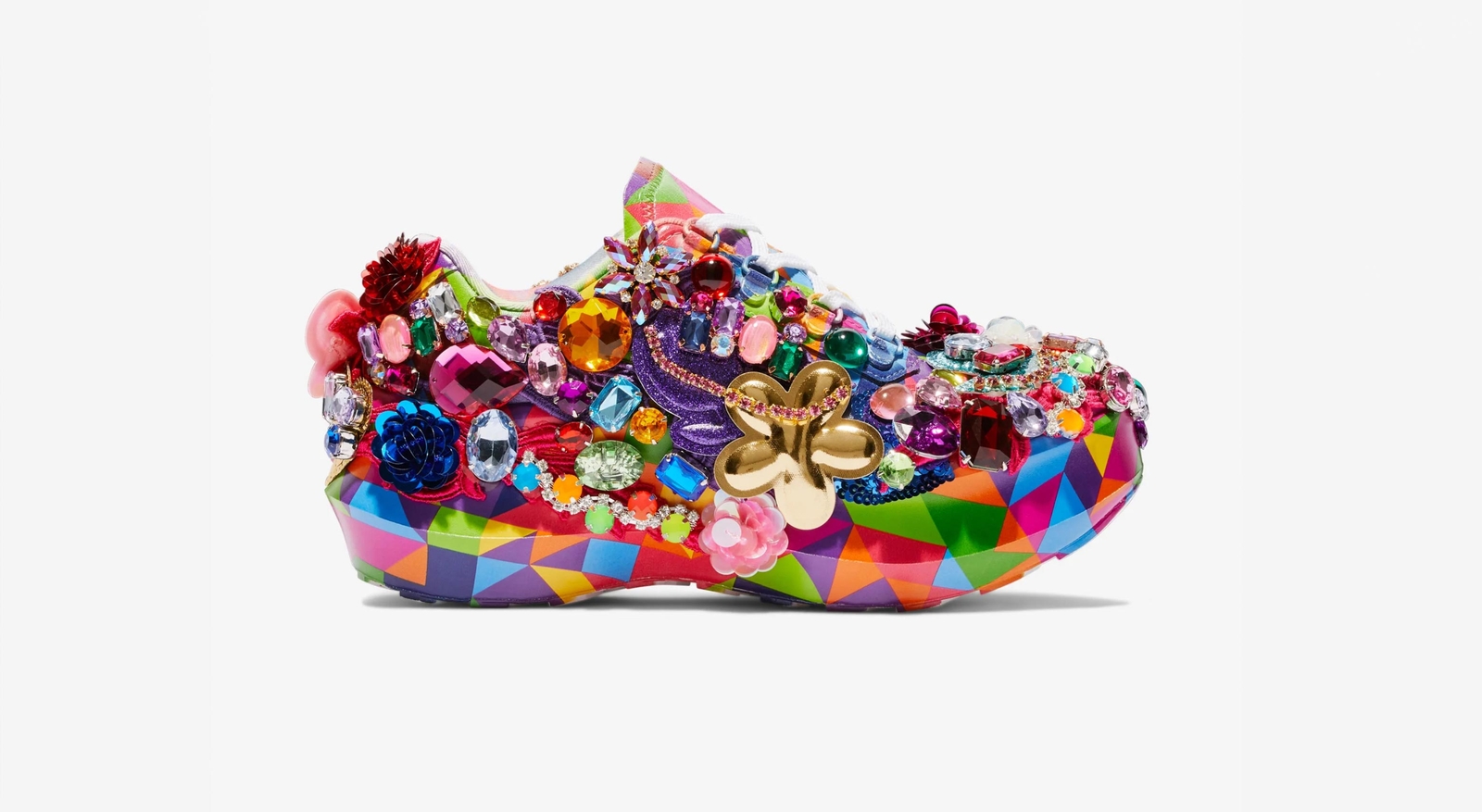



Several iconic designs have emerged within the ugly shoe trend. The Balenciaga Triple S sneaker, with its exaggerated sole and bulky silhouette, is often credited with popularising the trend. Similarly, the Maison Margiela Tabi boot’s distinctive split-toe design inspired by traditional Japanese footwear remains a beloved, albeit a polarising choice. These designs, among others, challenge conventional notions of beauty and push the boundaries of footwear design.
The ugly shoe trend shows no signs of slowing down. It represents a rebellion against traditional beauty standards and embraces individuality and comfort. Whether you love or hate them, ugly shoes have undeniably carved out a significant niche in fashion. They serve as a reminder that fashion is not just about looking good but also about feeling good and expressing one’s unique style.




0

